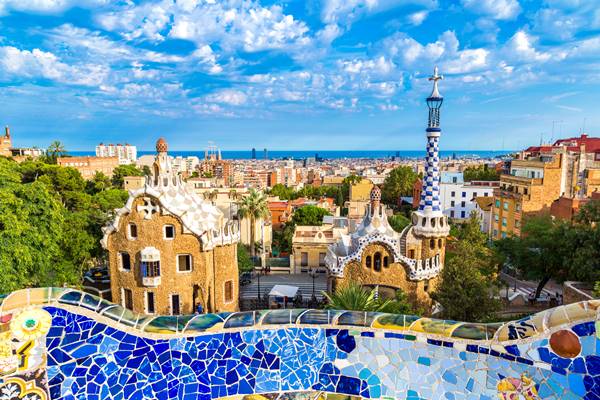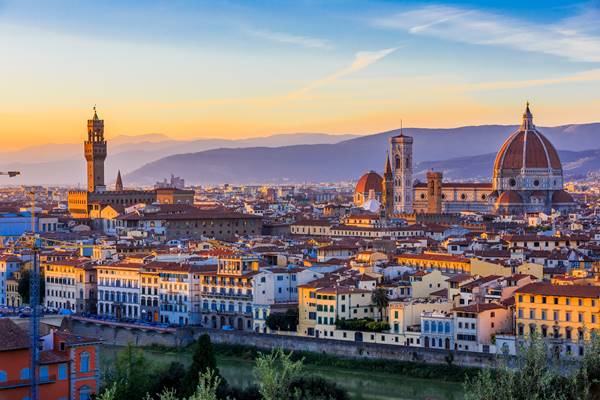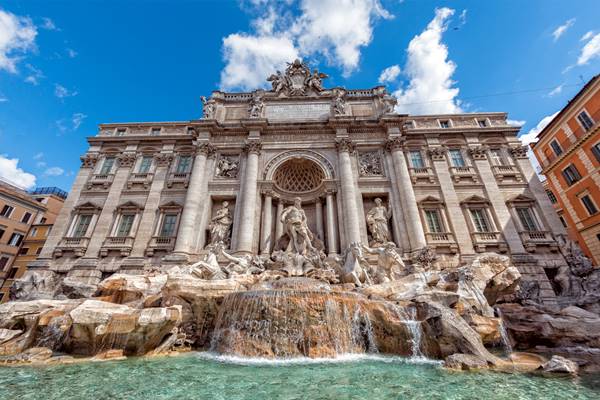
Things to See and Do in Ithaca Island
Visit the Palace of Odysseus Ruins
Wondering where all the things you learned in ancient Greek history or Homer’s ancient poetry about Odysseus and Penelope are located?
Archaeologists speculate that the palace of Odysseus was located in the area near the village of Exogi, specifically at the site known for centuries as Homer’s School (many archaeological discoveries in the world have resulted from speculations arising from local traditions and local legends that passed down from generation to generation).
Pyramids of Exogi Village
Heading towards the village of Exogi, proceeding through its narrow streets, we reach the pyramids of Exogi from where we can enjoy the view towards Afales Beach.
The tallest pyramid, which is cylindrical, is made of millstones, while the second one is triangular.
They were built in 1938 by John Pappas a wealthy businessman from Ithaca, who according to some accounts lived out his last years at this spot pretending to be a beggar when in reality he was a rich robin of the woods. He was finding out which families on the island had financial problems and secretly left money at home to help them.
John Pappas who died in 1972 bequeathed his estate to the Red Cross. His tomb is located just below the pyramids near his favorite cave.
Alalkomenes Ancient Town and Acropolis – Aetos Hill
The ancient city of Alalkomenes, located on the Aetos hill, is believed to have been the ancient city of Ithaca.
Ancient copper coins with the figure of Odysseus and the greek language inscription “ΙΘΑΚΩΝ” (means from Ithaca) have been found there after archaeological research.
The above archaeological findings can be seen in the archaeological museum in Vathi.
Cave of the Nymphs (Supposed) (Marmarospilia)
According to the inhabitants of Ithaca and according to the road signs, the cave of the nymphs is located in the area of Spartias 2 km west of Vathi.
Apart from the 2 entrances that the cave has, no other evidence in the text of Homer’s Odyssey leads to the conclusion that this is the cave of the Naiad nymphs.
Cave of the Nymphs (Authentic One) – Loizos Cave
…and at the head of the harbor is a slender-leaved olive | and near by it a lovely and murky cave | sacred to the nymphs called Naiads. | Within are kraters and amphoras | of stone, where bees lay up stores of honey. | Inside, too, are massive stone looms and there the nymphs | weave sea-purple cloth, a wonder to see. | The water flows unceasingly. The cave has two gates, | the one from the north, a path for men to descend, | while the other, toward the south, is divine. Men do not | enter by this one, but it is rather a path for immortals. Homer’s Odyssey
The cave got its name from its owner Loizos in the 19th century who discovered ancient artifacts during works he did. From then on the archaeologists took over.
The cave has two entrances – one of which is now under the sea – it is located at the head of an ancient harbor of Polis and there are olive trees nearby.
The rise of the sea level, as well as the landslides caused by the earthquakes over the centuries, make further archaeological research dangerous.
From the excavations so far, archaeologists are led to the conclusion that this specific cave has been used as a place of worship since 2500 BC.
Evergreen Oak Tree Forest of Perachori
Explore the forest with the Aries (pronounced Ar – yes) with the help of a local guide and enjoy the natural beauty of the area.
Walk through the bushy forest of the area among aromatic plants and flowers and if you’re lucky you might even see hedgehogs, hares and stone martens.
Moni Katharon (Monastery of Panagia Kathariotissa)
Enjoy the wonderful panoramic view of Vathi and Kefalonia Island – especialy from the bell.
The monastery played an important role during the 1820s, as it treated wounded warriors of the Greek revolution
Visit the countless Picturesque Chapels, Monasteries and Churches
Vathi: St. Sophia, St. Theodore, St. Constantine, St. Andrew, Church of St. Efstathios (Eustace) at Vounaki, Church of Vlachernae
Kioni: St. Nicholas (Viggla), St. Nicholas Mavronas, Church of St John the Baptist
Archaeological Museum of Ithaca
In the first room, finds from the Proto-Geometric and Geometric era (1000 – 700 BC) are exhibited, mainly clay vases, including an important group of vases from a local workshop, as well as bronze and ivory objects, which are either accessories or tributes ( tamas).
The second room houses finds from the 7th c. e.g. These include clay vases from local and foreign workshops and several elaborate ceremonial vases, while the horizontal showcase houses the fragments of a local winemaker from the 7th century. BC, in which there is the oldest known inscription, where the institutions of Filia and Xenia are mentioned. This inscription is metered in dactylic hexameter, the measure of the Homeric Epics.
In the third room, finds from different periods and locations are exhibited. Few finds come from the northern part of the island which were found in excavations of the end of the 19th century and the beginning of the 20th. Among them stand out a tiny bronze bust of a bearded man with a conical cap, the opium associated with Odysseus and an inscription of the 6th c. e.g. with “boustrophidon” script, on which the names of the goddess Athena and Hera are written. The collection of clay figurines is of interest, as well as the votive offerings from the sanctuary of the nymphs of Marmarospelia and the bronze coins of Ithaca, on which the figure of Odysseus and the inscription ITHAKON can be distinguished. Also on display in the third room is a life-size early period Roman marble bust from Vathy Ithakis.
Source: odysseus.culture.gr
Folklore and Nautical Museum
It is located in Vathi
Stavros Archaeological Collection
The Archaeological Collection of Stavros houses finds from the wider area of the village of Stavros.
The finds on display date from the early Bronze Age (3rd millennium BC) to Roman times. They come from four places: the hill of Pilicatos, where the building of the Collection is also located, the village of Stavros, the cave of Loizou and the Three Lagades.
There are clay vessels and stone tools from the early Bronze Age settlement at Pelikata, clay vessels from the Mycenaean settlement of Trio Lagados and classical/Hellenistic grave offerings from the village of Stavros.
Findings from the Mycenaean to the Roman era were discovered in the cave of Loizoσ. There are many finds, but the ones that impress are the fragments of the bronze geometric tripods with the elaborate decoration, as well as a fragment of a Hellenistic mask, on which the inscription “ΕΥΧΗΝ ΟΔΥΣΣΕΙ” (meaning prayer to Odysseus) is engraved. The reference to Odysseus is evidence of his worship in this specific cave and according to expansion to Ithaca, while in association with the bronze tripods, they refer to the verse of the Homeric Odyssey in which the Phaeacians presented Odysseus with 13 bronze tripods.
Source: odysseus.culture.gr
Where to Stay
Hotels
Vathi Hotels
Familia Hotel, Perantzada Art Hotel, Korina Gallery Hotel, Dioskouroi I, Calypso Apartments, Hotel Omirikon, Mentor Hotel, Petros Apartments
Frikes Hotels
Aristotelis Apartments, Hotel Nostos
Kioni Hotels
Likoudis Villas
Apartments
Vathi Apartments
Levantes Houses, Anticlea I, Anticlea II, Maroudas Stavros Apartments, Odysseion Apartments, Iris Apartments Ithaca
Kioni Apartments
Aprilis Apartments, Captain’s Apartments, Pebbles of Kioni
Lefki Apartments
Villa Tramonto
Stavros Apartments
Gardenia, Tesoro of Ithaca, Iriana Village Inn, Spilia
Frikes Apartments
Aristotelis Apartments, Dourios Ippos Apartments
Exogi Apartments
Afales Villa Studios – Kolieri
Perachori Apartments
Dioni Holiday House
Restaurants
Ageri, Gefyri, Kohili, Chani, Dona Lefki, Kanenas, Mills, O Batis, Poseidon, Sirines, Roses, Trehantiri, Calypso, Kantouni, Mythos, Kalioras
Cafes and Bars
Dentrakia, Blackout, Spavento, Soneto, Sesto, Arkeisios







Pingback: Ithaca (Ithaki) Greece Bus Timetable - Lost Voyager